
Industry News
Choosing the right cat litter is an essential decision for pet owners, as it impacts not only the cat’s comfort but also hygiene, odor control, and environmental considerations. Among the various options available, Cassava Cat Litter and silica gel litter are increasingly popular due to their unique properties. Understanding how they compare can help cat owners make an informed choice for their pets and homes.
Cassava Cat Litter is made from cassava starch, a natural and renewable plant material derived from the cassava root. It is typically biodegradable, making it an eco-friendly choice. The litter is processed into granules that are lightweight and absorbent. Some brands may add natural clumping agents, but the core ingredient remains plant-based.
Silica gel litter, on the other hand, consists of silicon dioxide in a granular, bead-like form. The beads are highly porous, which gives silica gel litter its excellent absorbency and odor-control properties. Unlike cassava litter, silica gel is a synthetic material, and while non-toxic, it is not biodegradable and cannot be composted.
Comparison: Cassava litter has the advantage of being renewable and biodegradable, whereas silica gel litter is synthetic and more environmentally persistent. However, silica gel tends to offer superior moisture absorption per gram.
Absorbency is a critical factor for any cat litter.
Cassava Cat Litter: The granules can absorb urine effectively, and many varieties are formulated to clump when wet, allowing for easy scooping. However, the clumping may not be as firm as clay-based or silica gel litters, particularly if the litter is exposed to large amounts of liquid quickly.
Silica Gel Litter: Silica gel beads can absorb moisture up to 300% of their weight, trapping liquid in the tiny pores of each bead. Silica gel litter does not clump in the traditional sense, but it forms dry crystals that prevent liquid from spreading, making it low-maintenance and easy to manage.
Comparison: Silica gel litter generally outperforms cassava litter in raw absorbency, while cassava litter offers clumping properties that some cats and owners find easier to scoop.
Cats’ urine can produce strong ammonia odors, so effective odor control is important.
Cassava Cat Litter: Cassava litter naturally absorbs odors due to its starch-based composition. Some brands add baking soda or plant extracts to enhance odor control. Odor control is generally effective for one cat, but in multi-cat households, frequent cleaning is recommended.
Silica Gel Litter: The crystalline structure of silica gel traps moisture and odors efficiently, often lasting longer without scooping. Many users report that silica gel litter can control odors for a week or more before requiring a full change.
Comparison: Silica gel litter offers longer-lasting odor control, while cassava litter provides decent odor management but may require more frequent cleaning in high-use situations.
Dust can aggravate allergies in both cats and humans, while litter tracking affects home cleanliness.
Cassava Cat Litter: Cassava litter is typically low-dust, especially when compared to clay litters. Its lightweight granules can stick to cats’ paws occasionally, which may lead to minimal tracking outside the box.
Silica Gel Litter: Silica gel litter is virtually dust-free, which benefits respiratory health. However, the small, bead-like texture can easily stick to fur or be carried out on paws, leading to some tracking around the home.
Comparison: Both litters are low in dust, but silica gel may cause slightly more tracking due to the size and shape of the crystals.
Environmental considerations are increasingly influencing litter choice.
Cassava Cat Litter: Being plant-based and biodegradable, cassava litter can be composted in small quantities, reducing landfill impact. Its production also consumes less energy compared to clay or synthetic litters.
Silica Gel Litter: Silica gel is non-biodegradable and must be disposed of in household trash. While non-toxic, its long-term environmental footprint is higher than cassava litter.
Comparison: Cassava litter is more sustainable and environmentally friendly, while silica gel litter prioritizes convenience over ecological impact.
Both litters are generally safe for cats, but some considerations exist.
Cassava Cat Litter: Being made from natural starch, cassava litter is non-toxic and safe if ingested in small amounts, which is particularly relevant for kittens or cats that may nibble on litter.
Silica Gel Litter: Silica gel is non-toxic but not digestible. Accidental ingestion can cause minor digestive discomfort, but it is generally safe under normal use.
Comparison: Cassava litter may be slightly safer for curious kittens, while silica gel is safe for adult cats when used properly.
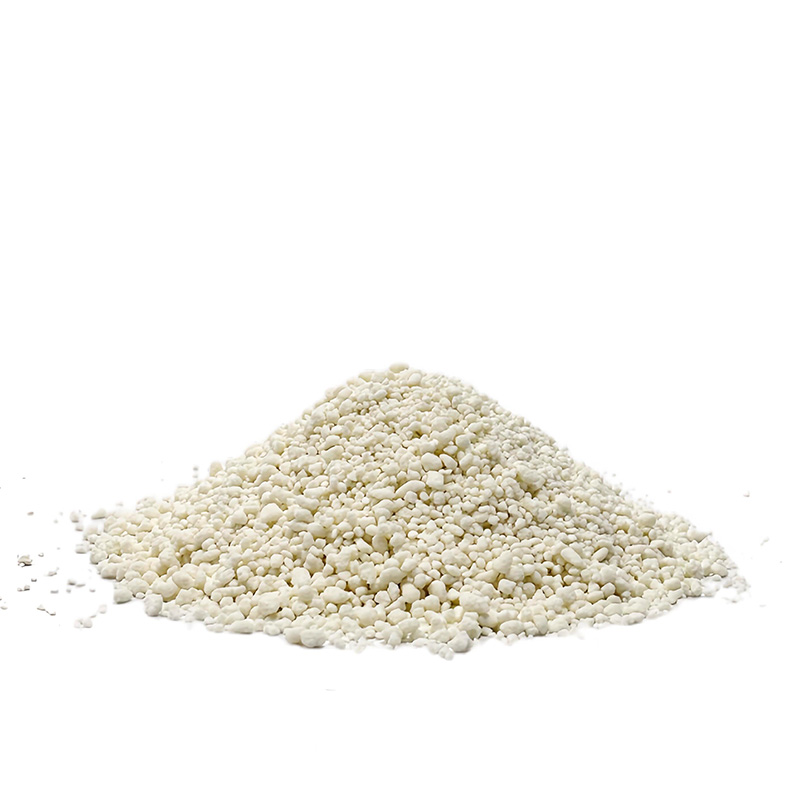
Cassava Cat Litter: Prices vary depending on brand and packaging, but it is often comparable to mid-range clay litters. Availability may be limited in certain regions.
Silica Gel Litter: Silica gel litter tends to be slightly more expensive due to its high-performance absorbency and long-lasting properties. It is widely available in pet stores and online.
Comparison: Cassava litter is often more affordable, while silica gel offers longer-lasting convenience at a higher price.
Cassava Cat Litter: Clumping cassava litter allows easy scooping of waste, but frequent maintenance is necessary to prevent odors and moisture accumulation.
Silica Gel Litter: Silica gel litter requires minimal daily scooping since liquids are absorbed and trapped in crystals. However, solid waste must still be removed regularly, and a complete litter change is recommended every 2–4 weeks.
Comparison: Silica gel litter reduces daily cleaning time, while cassava litter offers a more traditional scooping experience.
Cats may have personal preferences that influence which litter they use.
Cassava Cat Litter: Many cats enjoy the texture of cassava litter, which is softer on their paws than clay or silica gel. Its clumping nature also allows cats to bury waste, satisfying natural instincts.
Silica Gel Litter: Some cats may dislike the bead-like texture of silica gel or find it noisy when walking on it. Others may prefer its dryness and odor control.
Comparison: Cat acceptance varies, but cassava litter often feels more natural to cats accustomed to soft litter.
| Feature | Cassava Cat Litter | Silica Gel Litter |
| Source | Natural, plant-based | Synthetic, silicon-based |
| Biodegradability | Yes | No |
| Absorbency | Good, clumps moderately | Excellent, forms dry crystals |
| Odor Control | Effective, requires regular scooping | Very effective, long-lasting |
| Dust | Low | Very low |
| Tracking | Minimal | Slightly more |
| Environmental Impact | Eco-friendly, compostable | Non-biodegradable |
| Safety for Cats | Safe, non-toxic | Safe, but indigestible |
| Cost | Moderate | Slightly higher |
| Cleaning Ease | Moderate, frequent scooping | Low-maintenance, less frequent |
| Cat Preference | Soft, natural feeling | Dry, may be noisy |
Choosing between Cassava Cat Litter and silica gel litter depends on priorities. If environmental sustainability, biodegradability, and natural texture are important, cassava litter is a strong choice. For maximum absorbency, long-lasting odor control, and low daily maintenance, silica gel litter may be preferable. Many cat owners weigh these factors alongside cost, cat preferences, and household needs before making a final decision.
Ultimately, both litters can meet the needs of cats and owners effectively, but understanding their strengths and trade-offs ensures a cleaner, healthier, and more comfortable home environment for both pets and humans.
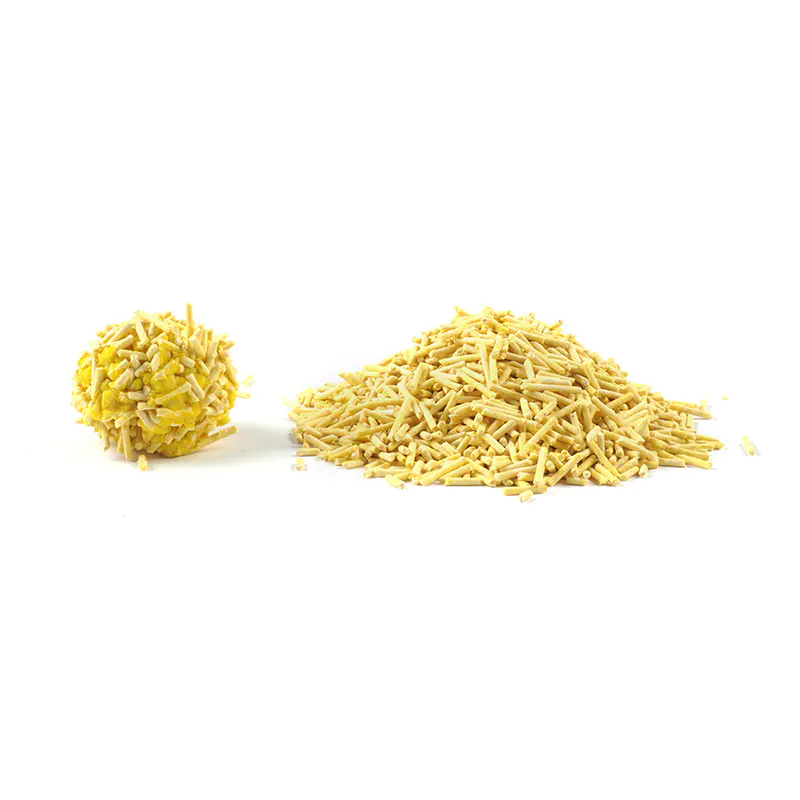
Tofu Cat Litter
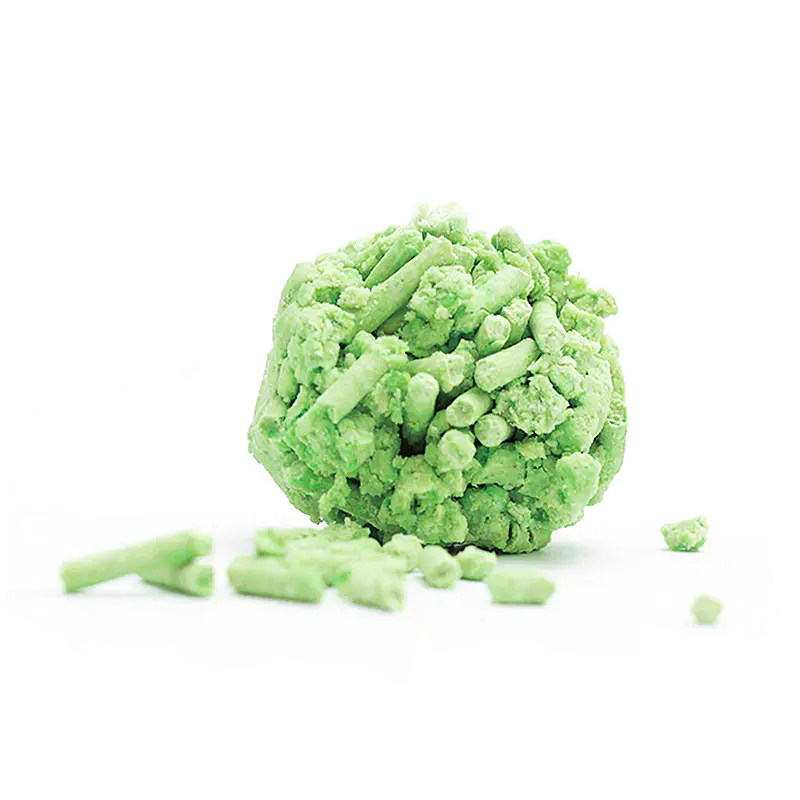
Tofu Cat Litter
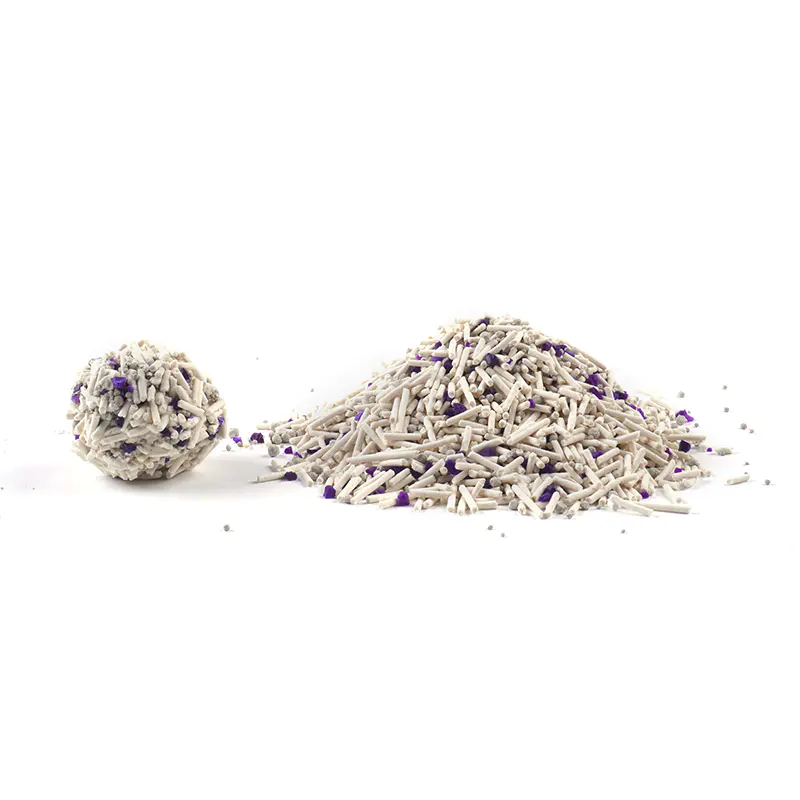
Mixed Cat Litter
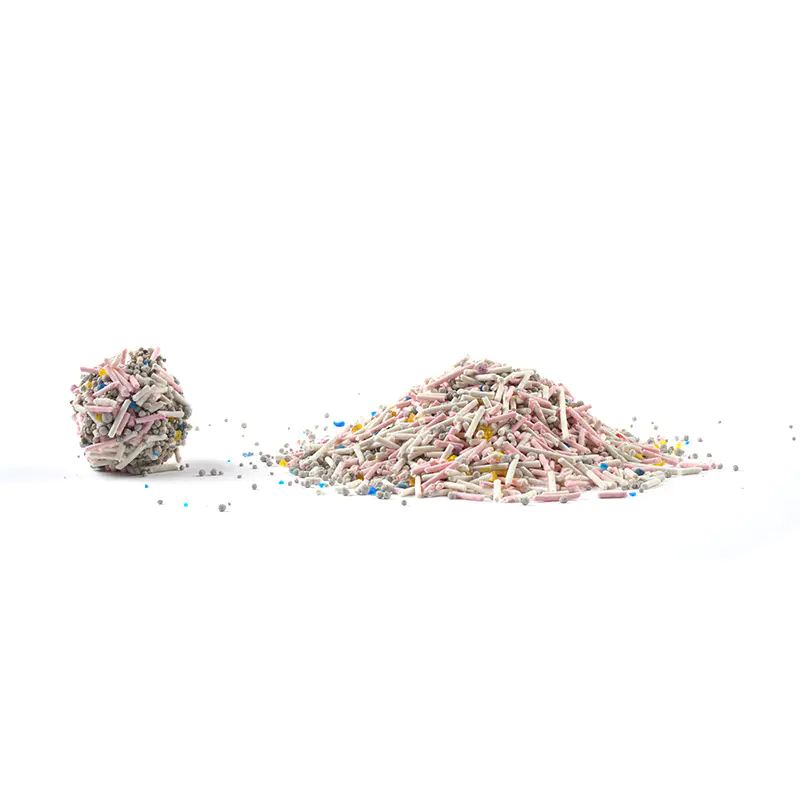
Mixed Cat Litter
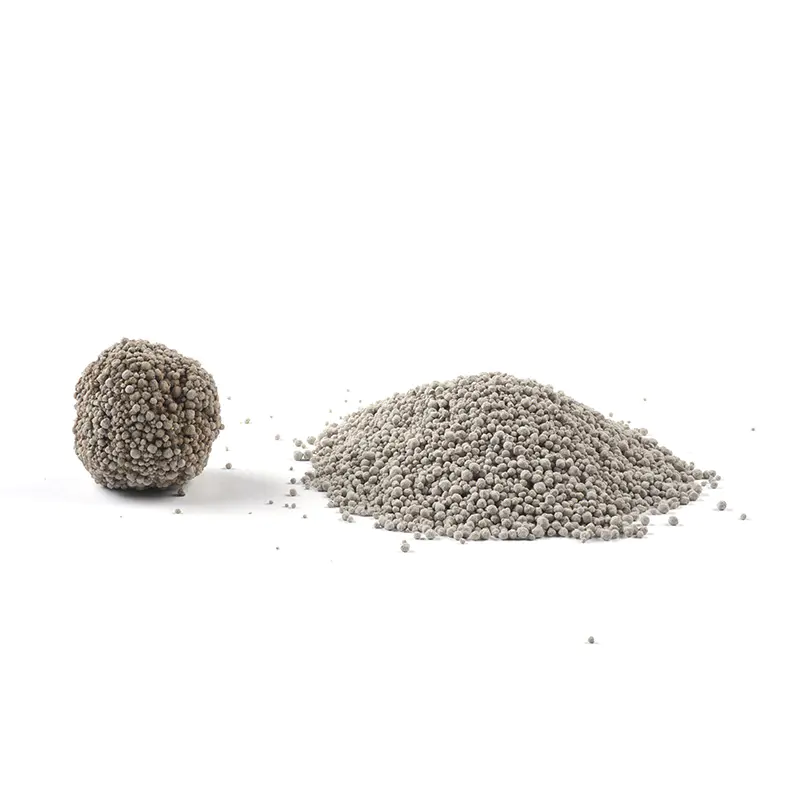
Bentonite Cat Litter


Got Questions? Call us 24/7

+8615263229311
No.88, Quandu Road, Xigang Town, Tengzhou City, Shandong, China. (Sincere Industrial Park)

OEM Cat Litter Manufacturers Bulk Cat Litter Wholesale Biodegradable Cat Litter Company
